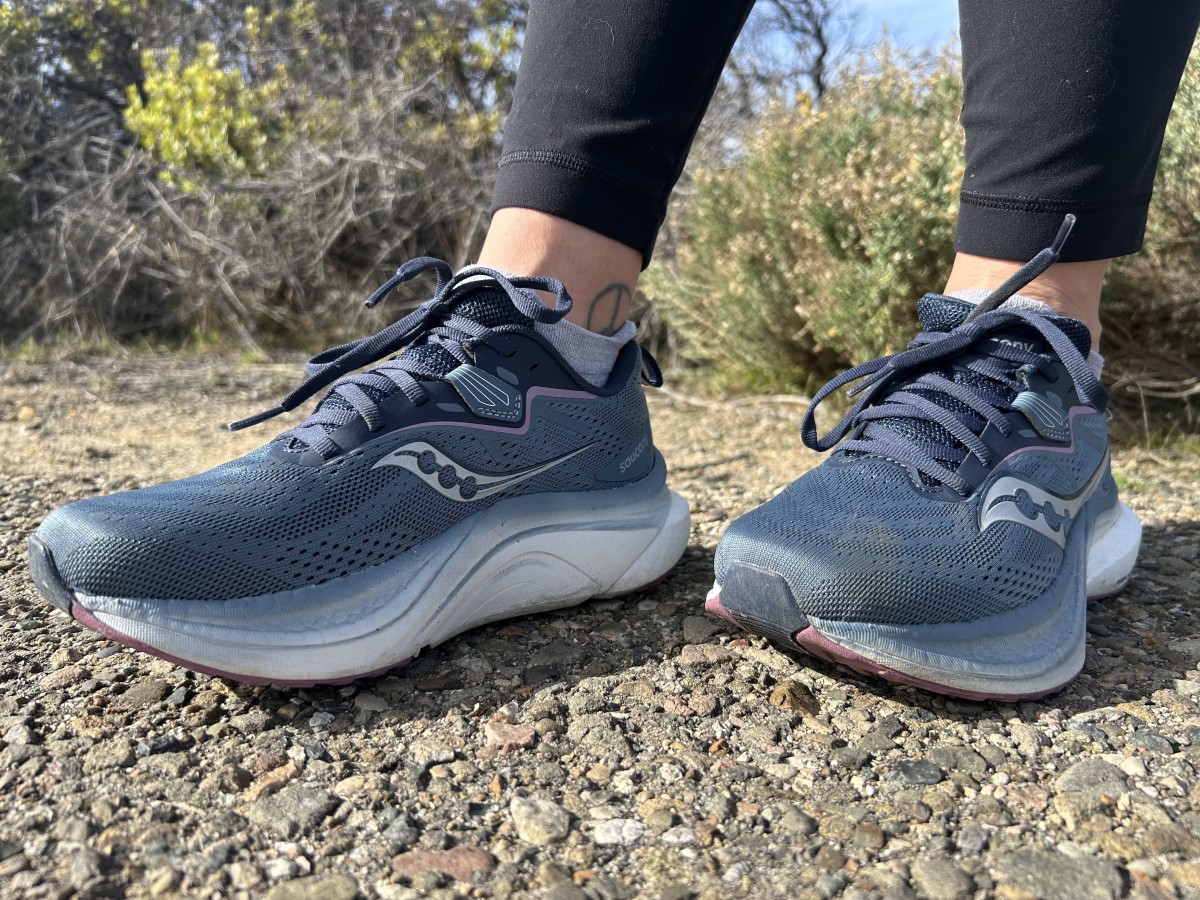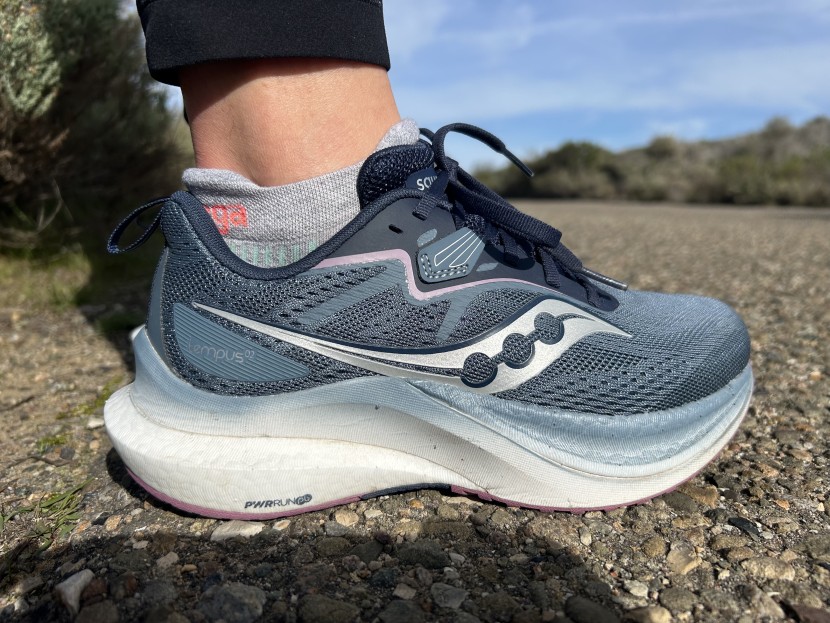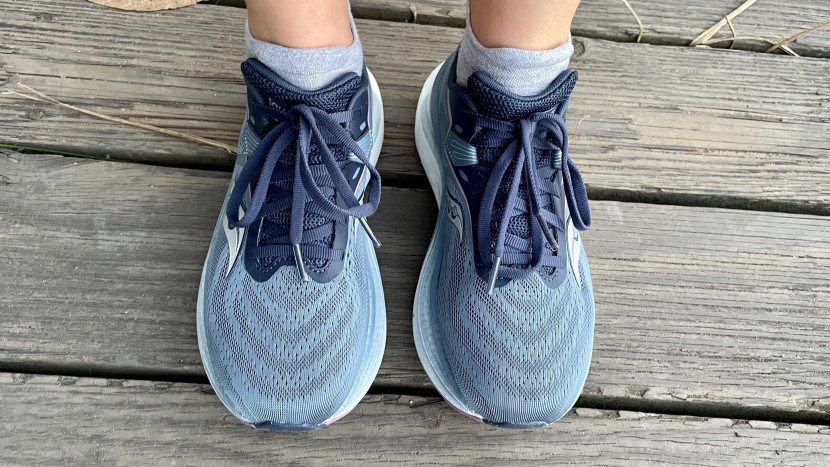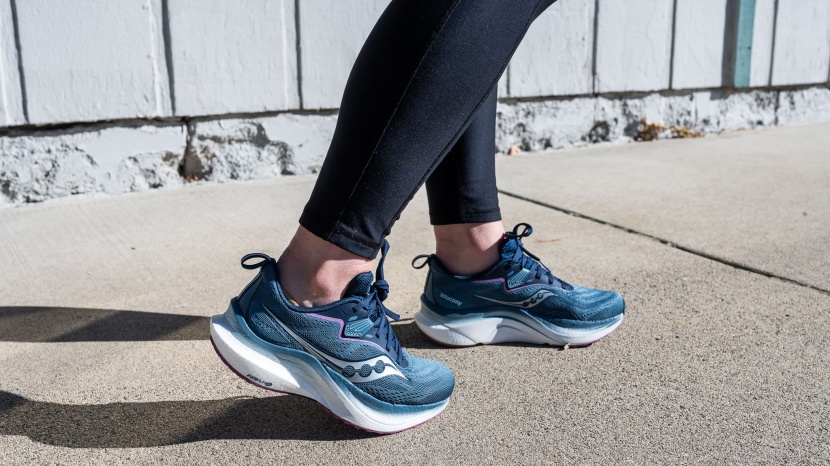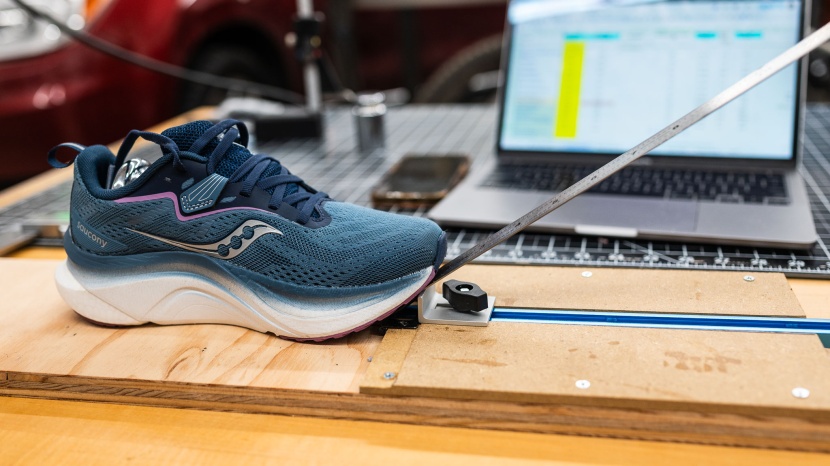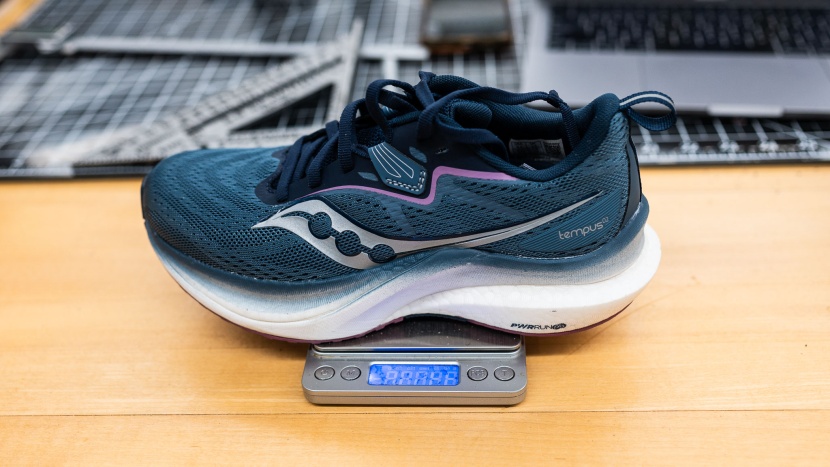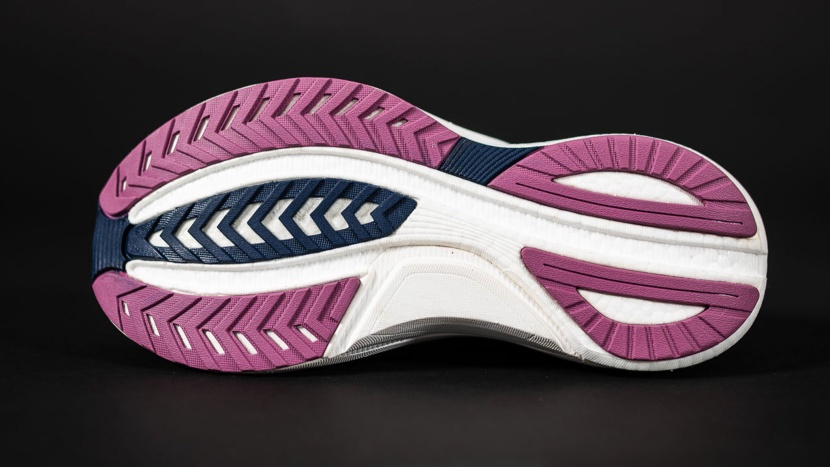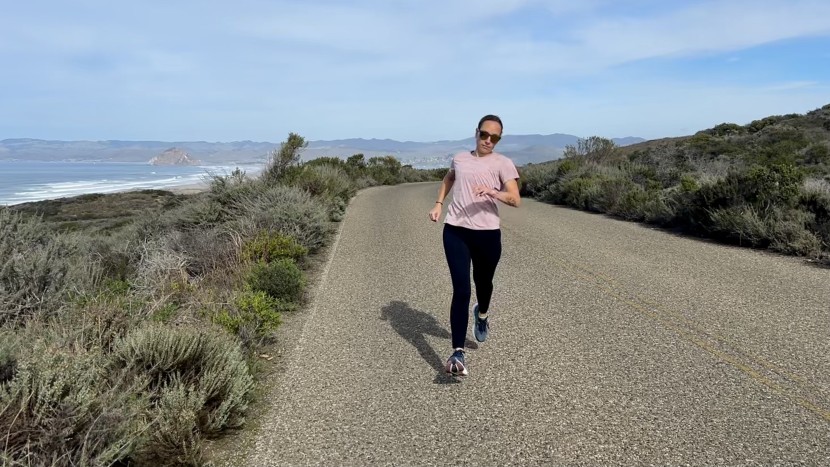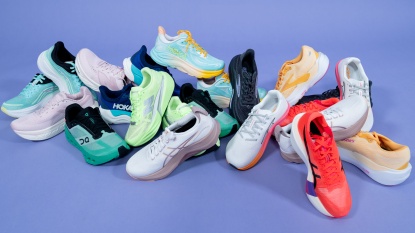
Our Verdict
Our Analysis and Test Results
The Saucony Tempus 2 features a 36 mm heel stack, an 11 mm drop, and a 26.5-degree rocker angle. The elements don't quite come together to make magic, but they coalesce to create a shoe that is built for runners with specific desires.
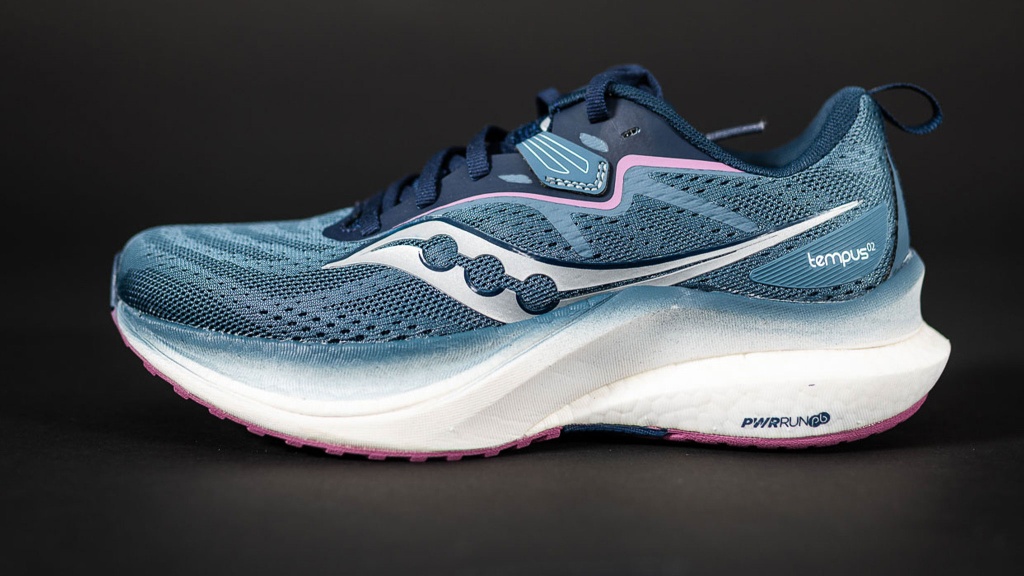
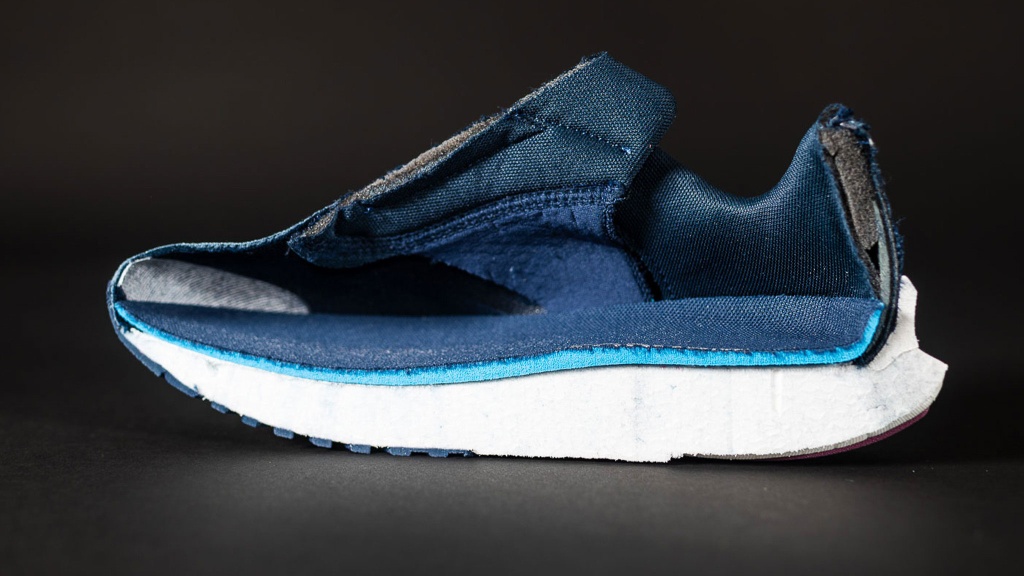
Cushioning
The undercarriage of the updated Saucony Tempus is ready to handle the long-distance, demanding pounding you place on it. With a midsole stuffed full of PWRRUN PB foam, the platform feels as comfortable as one would like a marathon training shoe to feel. Its heel stands at a comfortable 36 mm above the ground and is shaped by an 11 mm differential. The forefoot rides at 25 mm, which makes this shoe well-suited for both forefoot and heel strikers. One of the things that I liked most about this shoe's landing comfort is that it is soft and resilient while maintaining structure and the integrity necessary to handle long distances. Most of the stable shoes are built with more basic compounds, so the Tempus stands out from the crowd in that regard.
Upper Comfort
The Tempus isn't the most impressive in terms of upper comfort. The upper mesh is simple and fine, though not abundantly breathable. The forefoot is narrow and snug. While this can aid in the feelings of security, I found it to be a bit more oppressive than my average-width feet prefer. The dual-gusseted tongue feels stretchy but doesn't loosen as readily as preferred in the forefoot. As mentioned, the heel collar is a bit of a game-changer. The comfortable rigidity of it provides an excellent rearfoot lock which helps create inherent stability. The tongue extends a bit too far up the ankle, as does the lacebed. The lock felt a bit try-hard toward the ankle, even without using the extra eyelet. While not a standout in the upper comfort realm, the Tempus still offers many lovable features and will be a consistent running mate for some runners.
Stability
The Saucony Tempus was certainly built with stability in mind. Unlike most of the leading stability shoes, it also offers an element of performance, allowing this to be a shoe I recommend for runners who want speed and support. The adaptive guidance system works with the shoe's overall structure to help prevent unnecessary lateral movements. I really grew to love the rear stability of the Tempus 2. The heel collar offers a secure lock that pairs well with the lateral walls. Runners seeking a ride that combines energy and support will enjoy the stable ride of the updated Tempus.
Responsiveness
The combination of responsiveness and stability makes the Tempus 2 a rather unusual-feeling shoe in this metric. The Tempus does not have a plate for propulsion and instead relies on its midsole for energy return. Since the midsole offers a bit of bounce, the Tempus feels built to handle moderately quick speeds with ease. This shoe starts to lag and feel mushy when leg turnover increases because it simply lacks the power that true racing shoes offer. On the flip side, it offers a bit more pep than most stability-centered shoes, making it a legitimate choice for runners who want that balance. Overall, I recommend this as a marathon racing shoe for runners who want some lateral support combined with responsiveness.
Weight
The in-the-middle-ness of the Tempus 2 continues as I examine its weight. Each women's size 6.5 shoe weighs 7.57 ounces. For a stability shoe, that is on the lighter side. For context, our leading stability shoe weighs 8.05 ounces. Conversely, our lightest and most responsive shoe weighs just under 5 ounces. Staunchly in the middle, the Tempus feels a bit heavy for ultimate speeds but delightfully light at recovery paces.
Traction
The exposed PWRRUN PB foam inhibits a lot of the would-be traction of the Tempus. The outsole design is grippy and confident on dry surfaces but less so when moisture is involved. I found the outsole to be slippery on damp beach boardwalks and wet grass, but it held its own on gravelly road corners.
Should You Buy the Saucony Tempus 2?
The Tempus fills a niche gap in the running shoe market, making it a slam dunk for some runners; it may leave others scratching their heads in confusion about all the elements crammed into it. If you are a runner who wants a stability shoe in which you can pump your paces, this is a solid shoe to consider. If you want to focus on speed, there are lighter and more energetic options to choose from. Moreover, others hit the mark more comfortably if you want a serious stability shoe.
What Other Road Running Shoes Should You Consider?
My absolute favorite stability running shoe is the Brooks Adrenaline GTS 24. Brooks has their patented GuideRails on lock, helping to correct superfluous ankle movements in a relatively seamless way. The Adrenaline offers better traction and a more comfortable forefoot fit at a slightly lower price. The Hoka Mach 6 is a standout shoe because of its versatility. It is notably lighter than the Tempus and has a bouncier midsole. The beginner-friendly Saucony Ride 18 offers many of the good qualities of the Tempus in an even more comfortable package.


